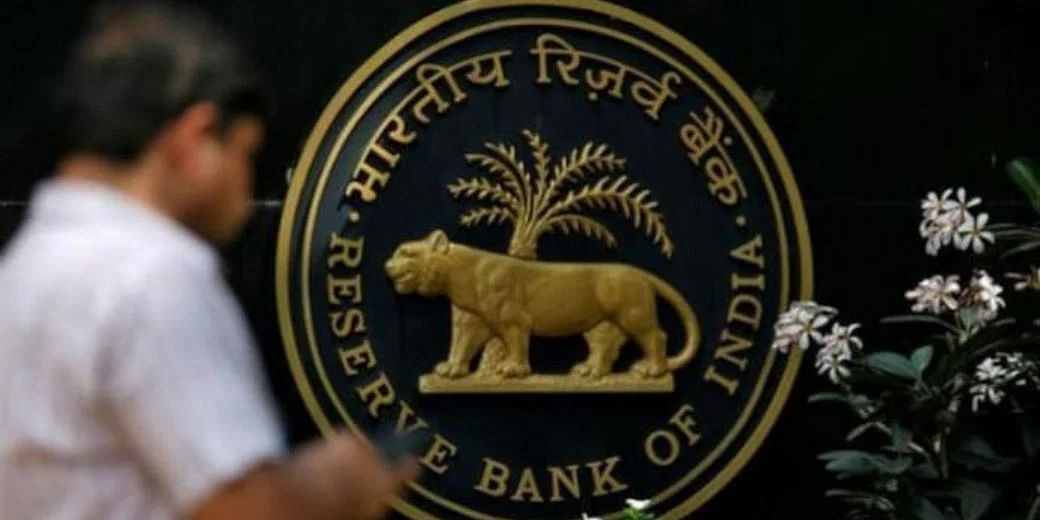RBI increases scrutiny on unsecured loans
The risk weightage on retail loans advanced by NBFCs have been increased from 100% to 125%.

The Reserve Bank on Thursday tightened provisioning norms for unsecured credit as it asked banks and NBFCs to assign a higher risk weight, a move aimed at making the lenders more cautious. The risk weightage on unsecured consumer loans has been raised by 25 percentage points.
The new rules will not apply for housing, education, gold and vehicle loans. A higher risk weightage would mean that banks will have set aside more funds as a safety net for consumer loans, which could make the such loans more expensive for borrowers. If banks keep aside more funds, then that would lead to lower funds being available for lending.
The move comes after almost a month of RBI Governor Shaktikanta Das flagging concerns over a high growth seen in consumer credit segment.
In the circular, the RBI said, “It has been decided to increase the risk weights in respect of consumer credit exposure of commercial banks (outstanding as well as new), including personal loans, but excluding housing loans, education loans, vehicle loans and loans secured by gold and gold jewellery, by 25 percentage points to 125 per cent”.
A similar raise has been effected in case of credit card receivables, as per the circular on ‘Regulatory measures towards consumer credit and bank credit to NBFCs (non-banking financial companies)’.
Now, the risk weights on credit card exposures have been increased by 25 percentage points to 150 per cent and 125 per cent for banks and NBFCs, respectively.
The bank credit outstanding to the personal loans segment was Rs 48,26,833 crore at end-September, 2023, up nearly 30 per cent over the same month of 2022.
On bank credit to NBFCs, the circular said the risk weights on such exposures of banks too has been increased by 25 percentage points (over and above the risk weight associated with the given external rating) in all cases where the extant risk weight as per external rating of NBFCs is below 100 per cent.
The RBI also asked all the entities regulated by it to review their extant sectoral exposure limits for consumer credit and put in place, if not already there, Board approved limits in respect of various subsegments under consumer credit.
“In particular, limits shall be prescribed for all unsecured consumer credit exposures,” the circular said. Further, all top-up loans extended by regulated entities against movable assets which are inherently depreciating in nature, such as vehicles, should be treated as unsecured loans for credit appraisal, prudential limits and exposure purposes.
Recently, RBI Governor Shaktikanta Das flagged the high growth in certain components of consumer credit and advised banks and NBFCs to strengthen their internal surveillance mechanisms, address the build-up of risks and institute suitable safeguards, in their own interest.
The high growth seen in consumer credit and increasing dependency of NBFCs on bank borrowings were also highlighted by the governor during the interactions with MD/CEOs of major banks and large NBFCs in July and August, respectively.
(With inputs from PTI)
Download Money9 App for the latest updates on Personal Finance.
Related
- ICICI बैंक को 49.11 करोड़ रुपये के टैक्स डिमांड का मिला नोटिस
- बैंक कर्ज वृद्धि धीमी पड़कर 4.9 प्रतिशत पर: आरबीआई
- PSU के लिए शेयर बाजार से हटने को स्वैच्छिक ढांचा लाएगा SEBI, एफपीआई नियम होंगे सरल
- केनरा बैंक ने सभी बचत खातों में न्यूनतम शेष पर जुर्माने को खत्म किया
- SBI ने FD पर ब्याज दर में 0.20 प्रतिशत की कटौती की
- बैंक ऑफ महाराष्ट्र ने रिटेल लोन दरों में 0.25 प्रतिशत की कटौती की

